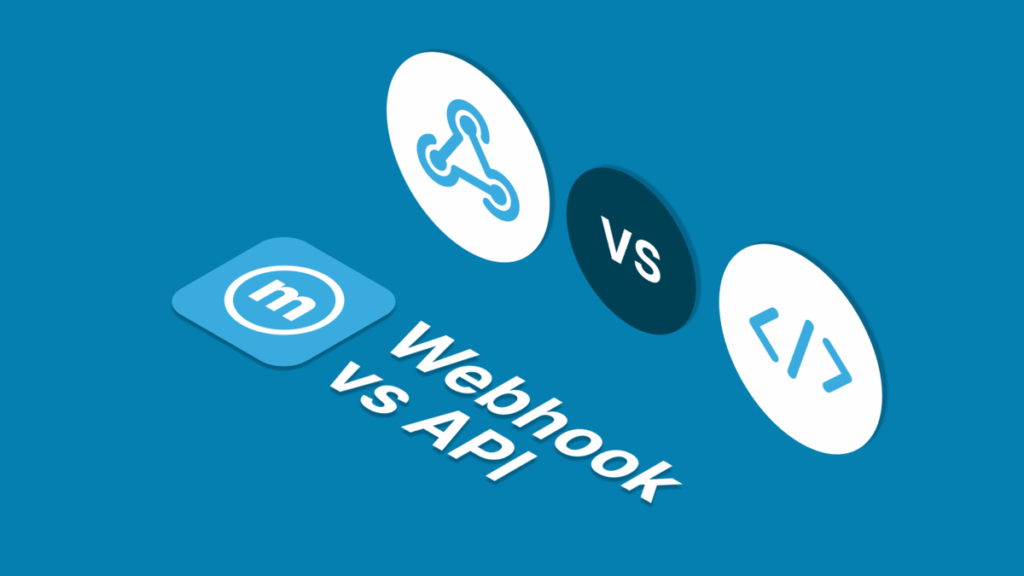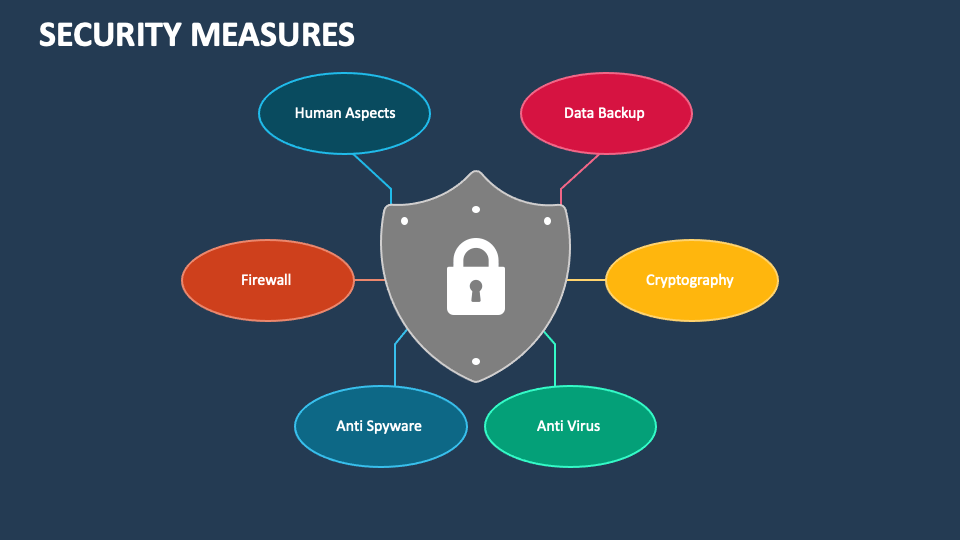Data Security Secrets Every Global Logistics Track Platform Must Master
Data security secrets every global logistics track platform must master are no longer “nice to have.” Carriers, brands, and customers share addresses, phone numbers, and delivery preferences every day. Attackers know this data is valuable. Regulators do, too. A secure platform protects people, speeds operations, and builds long-term trust. It also reduces downtime and support costs. The path is clear: bake security into every layer, from APIs to IoT sensors, from key management to incident response.

Why data security defines trust in logistics
What attackers want in a logistics stack
Shipment data reveals names, addresses, phone numbers, emails, order values, and delivery patterns. API keys, webhook secrets, and warehouse credentials can unlock whole networks. Attackers go after weak identity controls, leaky logs, forgotten test environments, and exposed webhooks.
Security vs. speed is a false choice
Teams fear that controls slow deliveries. The opposite is possible. Good security removes confusion, prevents outages, and enables faster automation. Clear roles, strong keys, and clean logs make problems easy to find and fix.
Secret 1: Map your PII and draw a “PII boundary”
Classify data before you collect it
List the fields you store: name, email, phone, address lines, geolocation, order ID, payment tokens, HS codes, and support notes. Tag each as PII, sensitive PII, or non-PII. Decide who can see each tag and why.
Minimize by design
Collect only what you need and keep it only for as long as it is useful. Use short retention for raw events. Anonymize analytics. Redact PII from screenshots and bug reports. When auditors ask “why do you store this,” you should have a simple answer.
Secret 2: Encrypt everything and treat keys like crown jewels

In transit and at rest
Use TLS 1.3 for all traffic. Enforce HSTS and modern ciphers. At rest, encrypt databases, object storage, and backups with AES-256 or stronger. Avoid homegrown crypto.
Key management that scales
Keep keys in a KMS or HSM. Rotate regularly. Separate keys by environment and tenant. Allow customer-managed keys (CMK/BYOK) for enterprise accounts. Never hardcode secrets in code or images. Use a secrets vault and short-lived credentials.
Secret 3: Adopt zero-trust access control
Strong identity everywhere
Enable SSO, SAML/OIDC, and mandatory MFA. Use least privilege roles. Prefer RBAC for simplicity, add ABAC for context (region, data tag, shift). Remove dormant accounts fast with SCIM.
Just-in-time access
Admins do not need standing superuser rights. Require ticket-based elevation with time limits and approvals. Log every elevation. Alert if risky roles are granted outside a change window.
Secret 4: Harden APIs and webhooks

API authentication and throttling
Support OAuth 2.0 with scoped tokens or signed JWTs. Pin client apps to specific scopes. Rate-limit by token and IP. Add schema validation to block mass-assignment bugs. For GraphQL, restrict introspection in production.
Webhook signing and replay defense
Sign webhooks with HMAC and include a timestamp. Reject old or duplicate messages. Use idempotency keys for inbound writes. These controls stop replay attacks and reduce duplicate updates.
Secret 5: Secure the delivery data supply chain
Vendor and carrier risk
Every integration is a trust boundary. Keep a list of vendors, scopes, and data flows. Request security reports (e.g., ISO 27001, SOC 2 Type II) and breach histories. Limit what each partner can access. Revoke credentials when the contract ends.
Data residency and transfer rules
Some countries require local storage. Tag data by region and route it to the correct store. For cross-border flows, document transfer mechanisms and retention. Make deletes propagate to every replica.
Secret 6: Build security into development

Secure SDLC with guardrails
Add threat modeling to your planning step. Run SAST, dependency checks, and container scans in CI. Use DAST against staging. Maintain an SBOM for each service. Track patch SLAs and fix critical issues fast.
Release safely under load
Use feature flags, canaries, and staged rollouts. Roll back quickly if error budgets trip. Avoid debugging in production with god-mode tools. If an emergency shell is needed, record and expire it.
Secret 7: Prepare for incidents and ransomware
Clear playbooks and drills
Write concise steps for credential leaks, PII exposure, DDoS, and ransomware. Define roles, comms channels, and legal contacts. Run tabletop exercises each quarter. Practice restores monthly.
Backups that actually work
Keep encrypted, offline-capable backups with immutability windows. Test restore times to meet RTO/RPO goals. Store keys separate from backups. Backups are useless if keys are gone.
Secret 8: Protect edge, scanners, and IoT

Device identity and health
Give scanners and gateways unique device certificates. Enforce signed firmware and secure boot. Disable unused radios and ports. Rotate device tokens. If a device goes rogue, quarantine first, investigate later.
Integrity for sensor data
Sign sensor payloads (temperature, shock, tilt) so they cannot be forged in transit. Validate at the platform edge. Mark shipments as “evidence-grade” when all signatures verify. This speeds claims and reduces disputes.
Secret 9: Design privacy into the user experience
Privacy controls for buyers and brands
Provide clear toggles for notification channels and data sharing. Offer self-service data export and delete. Mask addresses and phone numbers by default in support tools. Reveal full PII only with a need-to-know click and audit it.
Purpose-bound analytics
Aggregate metrics without raw PII. Use cohort IDs rather than emails. If you need granular analysis, cut retention to days, not months. Privacy and insight can coexist.
Secret 10: Measure security like a product

Security KPIs that guide action
Track:
- Mean time to detect (MTTD) and respond (MTTR)
- % services with passing SAST/DAST and up-to-date dependencies
- % encrypted datasets and backups verified by restore tests
- Failed admin logins and privilege elevation counts
- Data export volume by role and region
- Webhook replay rejects and API rate-limit hits
- Incident volume by root cause and time to closure
Publish a monthly scorecard. Celebrate drops in high-severity incidents. Tie KPIs to team goals.
A 90-day hardening plan for a Global Logistics Track Platform
Days 0–30: Stabilize the basics
- Inventory PII fields and draw the PII boundary.
- Enforce TLS 1.3 everywhere; turn on HSTS.
- Move secrets to a vault; rotate admin tokens.
- Add SSO + MFA and least-privilege roles.
- Start redacting PII in logs; ship to SIEM.
- Sign webhooks and verify timestamps.
Days 31–60: Reduce blast radius
- Split prod/stage/dev accounts and keys.
- Enable KMS-managed encryption and automatic rotation.
- Add rate limits, schema validation, and idempotency keys to APIs.
- Turn on tamper-evident audit trails for role changes and exports.
- Run first tabletop drill; fix gaps found.
Days 61–90: Automate and prove
- Roll out just-in-time admin access with approvals.
- Add device certificates for scanners and gateways.
- Implement data retention policies by field and region.
- Build restore runbooks; test RTO/RPO.
- Launch a private bug bounty or responsible disclosure path.
- Publish the first security scorecard to leadership.
Practical checklists for teams

Go-live readiness
- All external endpoints behind TLS 1.3 and WAF
- OAuth 2.0 or signed JWTs with scoped tokens
- Webhooks signed and replay-safe
- PII masked in support views by default
- SIEM alerts for high-risk signals in place
- Backups encrypted, immutable, and restore-tested
Weekly operating rhythm
- Review failed logins, elevation events, and data exports
- Patch critical vulnerabilities across services and containers
- Sample webhook signatures and drift in carrier event schemas
- Validate tenant isolation with automated tests
- Rotate break-glass credentials and verify audit logs
How security fuels growth for e-commerce brands
Fewer outages, faster launches
Clean identity, strong keys, and safe releases lower error rates. A Global Logistics Track Platform standardizes security controls and monitoring, so teams confidently ship new features. Carriers trust the integration, and customers see accurate, timely updates without risk. Moreover, shared guardrails across services cut misconfigurations and reduce downtime during peaks.
Better contracts and global reach
Strong controls and clear documentation shorten procurement cycles. A Global Logistics Track Platform makes compliance a sales enabler by providing data handling, audit trails, and regional options. Regional storage and deletion workflows unlock new markets with stricter rules. As a result, brands expand faster while keeping privacy promises.
Closing the loop
Security is part of the delivery promise. A Global Logistics Track Platform that masters data mapping, encryption, identity, API hygiene, clean logs, vendor discipline, and practiced incident response is resilient by design. It protects people and enables scale. It also wins deals. Start with the 90-day plan, measure what matters, and keep tightening the loop. When security, reliability, and speed work together, every shipment arrives with trust built in.
Industry Insights
news via inbox
Nulla turp dis cursus. Integer liberos euismod pretium faucibua








